Experts of the Port: The Maritime Pilot
Ever wonder about that little speed boat that pulls along your ship as you enter and depart the port? Most of us who have been on a number of cruises know that this is the Pilot Boat which delivers and retrieves the pilot from the ship. But, who needs a pilot anyways?

It wasn’t until I was on a cruise ship which called on Flam, Norway when my curiosity sparked surrounding the pilot. There we were, slowly gliding through the mirrored waters between the massive and impressive fjords leading into Flam as suddenly, out of the tranquil landscape, approached the small pilot boat as if it were out of a movie. As is normally the case, all the passengers on deck leaned over the railings to watch the pilot jump on-board.

Sometimes, the sea is like glass, as was the case in Flam, other times it is a far riskier boarding maneuver as the seas don’t always seem to cooperate. One exciting time was while we were departing the beautiful and picturesque port of Cartagena, Colombia. As we exited the port flanked by impressive forts on either side, we noticed the wind and waves really kick up.
 Exiting the port of Cartagena, Colombia
Exiting the port of Cartagena, Colombia
Sure enough, at that same time, we saw the pilot boat approaching to retrieve the pilot. It’s amazing how much a little boat like that can bounce around in the swell. Our enormous ship then took a wide turn towards port to shield the smaller pilot boat from the weather. In doing so, the sea flattened and the pilot was then able to hop right off and head home. Even though many of us have seen it a number of times, it’s always amazing to see the process unfold. As conditions are never constant, it’s always fascinating to see how the two ships work in harmony.
 Pilot boarding the cruise ship
Pilot boarding the cruise ship
Each time a ship enters and departs port, the pilot plays a vital role in the success of the journey. While the ship’s captain has tremendous abilities and training pertaining to navigation and the function of their ship, their knowledge of specific ports cannot be compared to the port’s pilot. The pilot is truly an expert of their home port. They must know and memorize in great detail all of the unique features of their particular port such as water depths, tides, currents, and hazards just to name a few. In fact, a pilot can essentially re-create an entire navigational chart for their port all from memory! Many characteristics of an individual port must be learned over time by experience as they cannot be properly communicated by chart or book. A ship’s staff cannot possibly acquire the enormous wealth of knowledge that a pilot has on any particular port making the role of the pilot essential. Since pilots have so much responsibility over the lives of so many people along the enormous sum of money these vessels and their goods represent, becoming a pilot is a highly competitive process. As a result, pilots are generally very handsomely compensated as salaries are generally well into the six figures.

When I first pictured the role of a ship pilot, I imagined they boarded the ship and immediately took over the controls as an airline pilot would do. However, in most cases, the pilot functions as an advisory role leaving the Captain of the ship with full command and responsibility over their vessel. The crew of the ship and the pilot work in tandem to successfully navigate through the narrow, congested, and sometimes hazardous conditions that often exist at port. On a side note, I later found out during my Panama Canal cruise that the only time that pilot actually takes control over a vessel is during the crossing of the Panama Canal.
 Pilot boat leaving after picking up the pilot from the cruise ship
Pilot boat leaving after picking up the pilot from the cruise ship
As in most business ventures, the primary goal is to make a profit. Unfortunately, this profit goal is not always in harmony with safety. Cruise and commercial shipping companies are often in a race against the clock as there is incentive to get in and out of port as quickly as possible. By utilizing a pilot, this potential conflict of interest is immediately eliminated as the pilot, unlike the ship’s captain, is a public employee who does not report to the ship’s owner. Safety becomes the one and only priority. With countless ships entering and exiting ports on a daily basis around the world, it is not by luck that we rarely hear of incidents at port.
Freshcruiser Tip: Each time you leave a port, I hope you do what I do now and take a second to think about all the great and competent individuals who have dedicated their lives to ensure your safety each port at a time.
